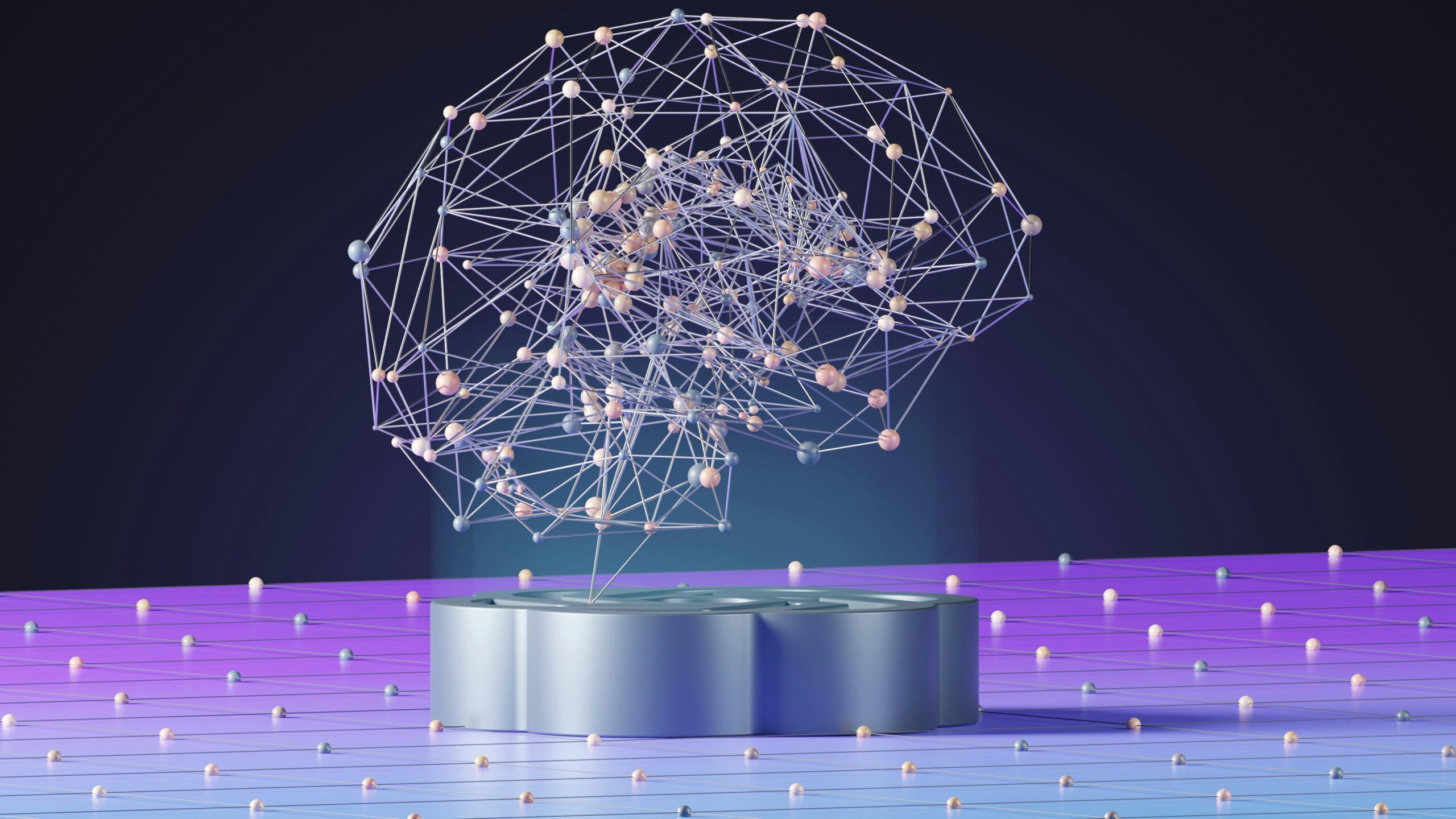AI is everywhere; we hear about it in the news, at our jobs, and even in conversations with family members. Clearly, it is here to stay and will impact our lives for the foreseeable future.
If you are anything like me, I am always fascinated by new technologies and how they work, so in this article, I’m going over a roadmap that you can use to learn AI from scratch.
Let’s get into it!
Note: You can also watch the video version of this blog post and download the full Roadmap PDF on my Youtube channel:
What Is AI & Why Learn It?
There has been a lot of hype around AI since ChatGPT was released in 2022. However, AI itself has been around as a concept for a long time, dating back in its current form to the 1950s, when the neural network originated.
The recent explosion can be attributed to many things, such as an increase in compute resources, more available data, and more efficient algorithms. Regardless of the reason, AI is here to stay, and we should get used to working with it.
The AI we refer to at the moment is specifically called generative AI (GenAI), which is actually quite a small subset of the whole AI eco-system as shown below.
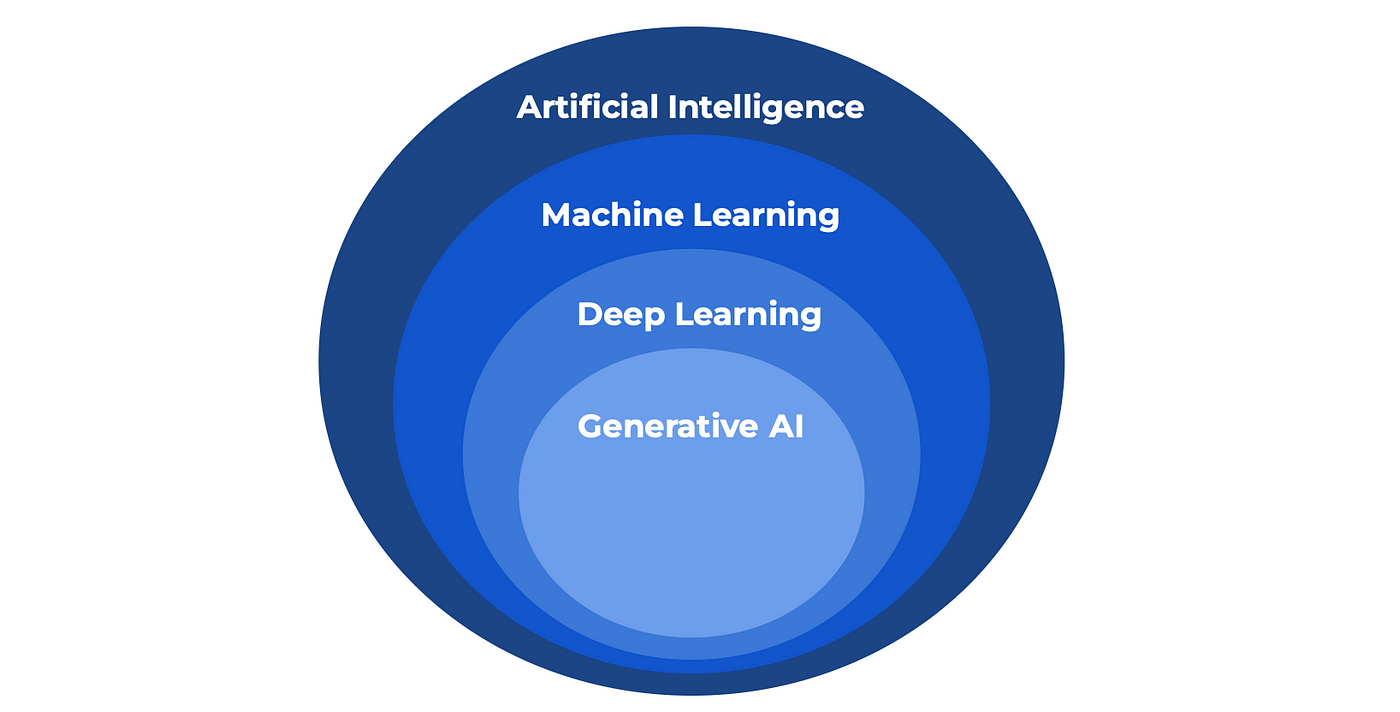
GenAI, like its name suggests, are algorithms that generate stuff such as text, images, audio and even code. Models in this area are trained on millions of rows of data and can have billions of parameters, like Meta’s Llama 2, with the sole goal of generating data based on data it has seen or been trained on.
For this article, I will assume that GenAI = AI, as that’s what most people are interested in. There are also many plug-and-play and no-code AI solutions, but I will walk you through a roadmap that will teach you how AI "works", not just how to use it.
You may be wondering, why do I need to learn AI?
AI is still in its infancy, so there is a lot to explore and learn. All the big tech companies are now researching how to use AI, and if you have the proper knowledge and skills, you will have tremendous value in the market.
It’s similar to the internet, and people who knew how to use it and create things did pretty well and became successful. Even if you think AI is a bubble, this space has tremendous opportunity.
Fundamental Math Knowledge
If you really want to understand how AI works, you need to know some math. Don’t worry; the math required isn’t PhD level or anything like that. A lot of it is what you actually learn in high school in many countries, and only a handful of topics would be considered undergraduate level.
The three main areas you specifically need to know are:
- Linear algebra – to understand how matrices work, which are used everywhere in AI and machine learning.
- Calculus – to understand how AI actually learns using algorithms like gradient descent and backpropagation.
- Statistics – to understand data and AI models’ probabilistic inputs and outputs.
Most of the math you need for AI is the same math you need for Data Science, and I have written a detailed article on the exact things you should learn and the best resources to learn them. To avoid repeating myself here, I recommend you check out that post.
However, for the sake of completeness, the following are the key things you should understand and gain intuition for:
- Matrices and matrix algebra.
- Differentiation and how it works particularly partial differentiation.
- Linear, logistic and polynomial regression.
- Probability distributions: Normal, Poisson, Gamma and Binomial.
The two best resources I recommend for learning all of this is the Practical Statistics for Data Scientists and Mathematics for Machine Learning textbooks. These are honestly the only two books you need to learn all the math for data science, Machine Learning and AI.
Technical Skills
Python
Python is the programming language of choice for AI. Many AI and machine learning libraries are built with Python in mind, and it’s an easy language to pick up for a beginner.
I have previously written a comprehensive article on how to learn Python, which I recommend you check out. However, I will give you the main overview here as well.
In terms of the Python language itself, you should understand:
- Variables, Data Types and Data Structures (dict, list, set)
- For, While Loops and Conditionals
- Functions and Classes
Any intro to Python course will teach you these things, so choose one that you like the look of and start learning. Some recommendations are given below.
After learning the basics of Python syntax, I would learn some of the more data science and AI-specific packages.
- NumPy – This library is designed for scientific computing, offering many mathematical functions and matrix support. Developed in C, it has optimised computations, which is particularly beneficial for handling large models and big data.
- Pandas – This is the go-to library for loading, manipulating, and working with data in Python. It is excellent for almost any data analysis task and is easy to use.
- Matplotlib – As a Data Scientist, you must visualise your data or results. Matplotlib is the leading visualisation package in Python due to its wide range of abilities.
Regarding IDE, there are many options, but the three main ones for Python are VSCode, PyCharm or Jupyter Notebook. I think Jupyter Notebook is the most beginner-friendly, easy-to-plot visualisations in, and a great choice to build machine learning models in.
For a time-saving start to your AI model development, I recommend installing Anaconda. It includes Python, Jupyter Notebook, and most of the necessary packages.
If you have more time, I recommend learning some git and GitHub for version control and the basics of application programming interface (API) for when you want to build an AI application.
SQL
When working on AI projects, you will likely need to use some SQL, the so-called language of data. Fortunately, SQL is easier to learn than Python, and you can become quite proficient in a short space of time.
The following are things you should be comfortable doing:
- *SELECT FROM** (standard query)
- ALTER, INSERT, CREATE (modify tables)
- GROUP BY, ORDER BY
- WHERE, AND, OR, BETWEEN, IN, HAVING (filter tables)
- AVG, COUNT, MIN, MAX, SUM (aggregate functions)
- DATEADD, DATEDIFF, DATEPART (date and time functions)
- CASE (basically if-else statement in other languages)
- FULL JOIN, LEFT JOIN, RIGHT JOIN, INNER JOIN, UNION(all the types of joins)
Regarding resources, I recommend W3Schools and Tutorialspoint, which I used while learning SQL. They are completely free and really cover the basics well.
Neural Networks & Machine Learning
As we saw in the diagram earlier, GenAI falls under the machine learning umbrella, so it’s worth learning some machine learning before diving straight into the GenAI algorithms.

Machine learning falls into two categories:
- Supervised learning – where we have target labels to train the model.
- Unsupervised learning – when there are no target labels.
There is also something called semi-supervised learning, but we will not worry about that for now.
The diagram below illustrates this split and some algorithms in each category.
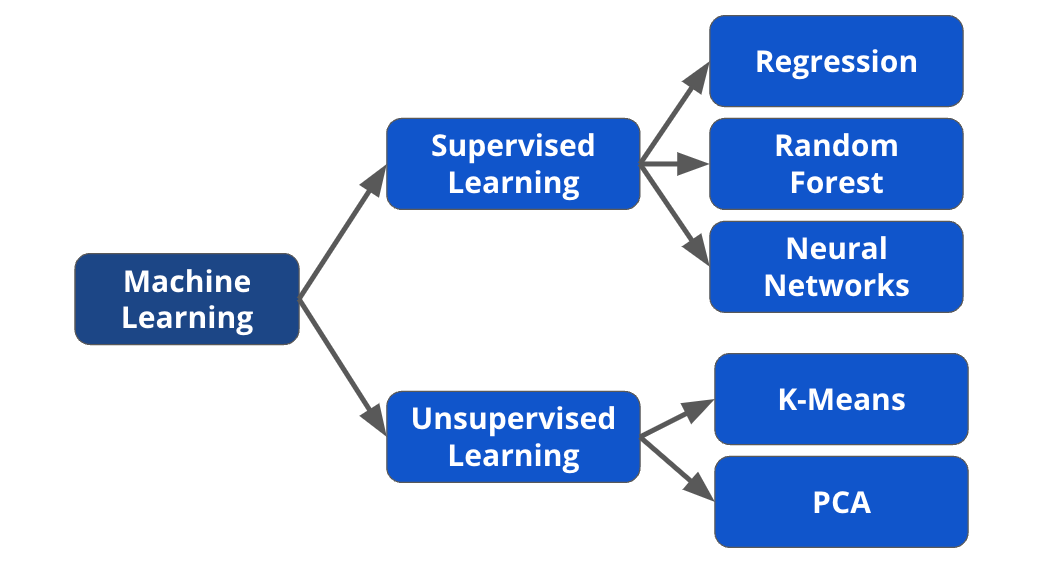
The best course for learning machine learning is Andrew Ng’s Machine Learning Specialization on Coursera. It covers the A-Z of all the most essential concepts in machine learning and I can’t recommend it enough. I took the course while learning AI and data science in 2020!
One particular algorithm you really need to understand is neural networks, which is what all of current AI and deep learning is based on.
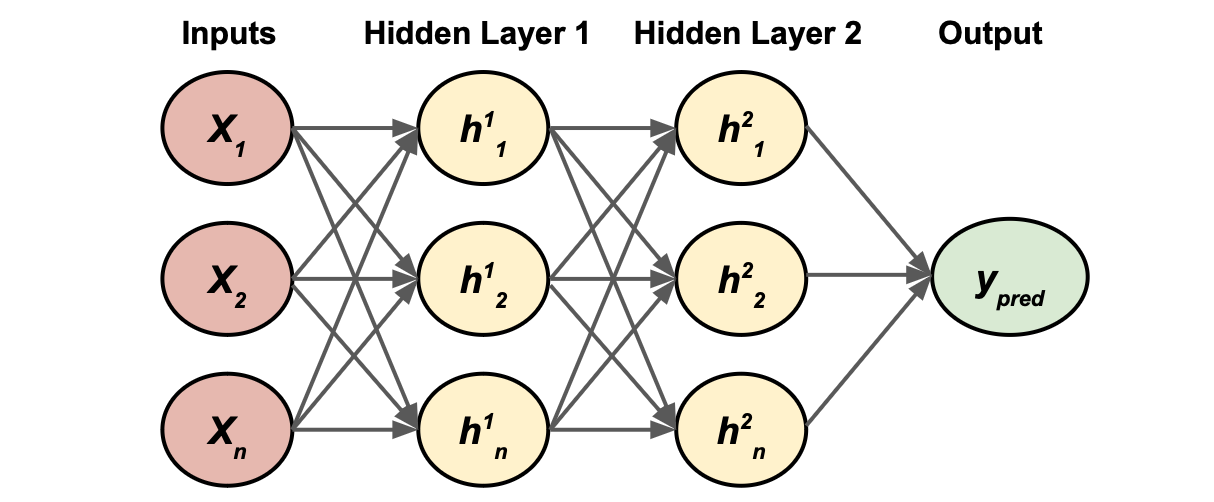
For neural networks, you want to understand concepts such as:
- Forward and backward propagation
- Activation functions and non-linearity
- Gradient descent algorithm
- Neural network architectures
If you can, it’s worthwhile to understand the calculations and equations underpinning neural networks, as it will build that deep intuition. The math is really not that complicated, so don’t shy away!
I have a series of articles breaking down neural networks that you can consume in just two hours!
To use machine learning in Python, I recommend learning the following packages and doing some projects with them.
- Sci-Kit Learn – The most popular and used library for building regular machine learning models.
- PyTorch – The most popular library for building and training neural networks, the backbone algorithm behind AI.
- TensorFlow – Another neural network and deep learning library created by Google
- XGBoost – The most used Gradient Boosted Tree algorithm library, especially useful for numeric supervised learning problems.
AI Algorithms
After learning the fundamentals of machine learning and neural networks, we can now dive into the current "cutting edge" of AI and its associated algorithms.
Until recently, the AI landscape was dominated by two main models:
- Convolutional Neural Networks (CNNs) – These were used for computer vision tasks such as recognising and categorising images.
- Recurrent Neural Networks (RNNs) — These were used for sequence-based data like time series and natural language.
However, in 2017, a paper called "Attention Is All You Need" was published that introduced the transformer architecture and model, which has since superseded CNNs and RNNs.
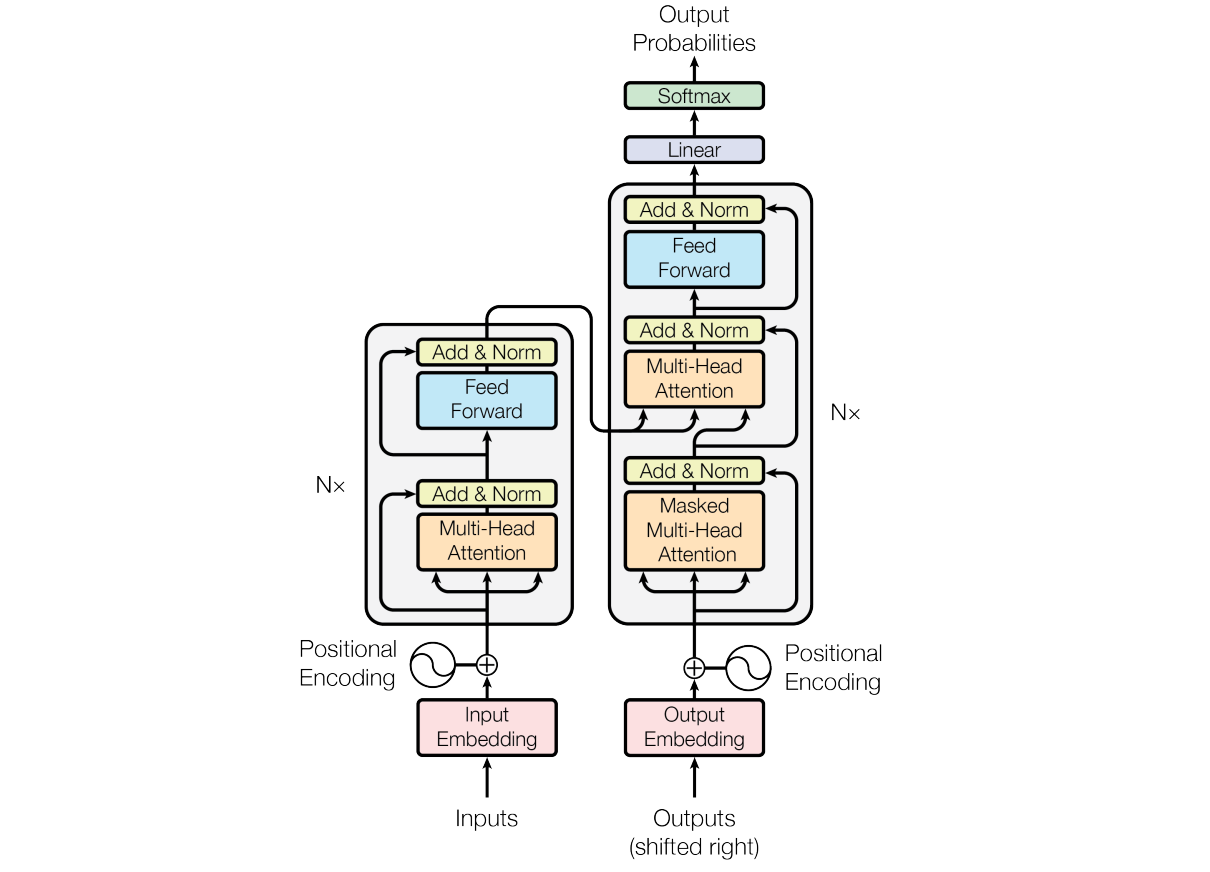
Today, the AI landscape is unequivocally ruled by transformers, the backbone of Large Language Models (LLMs) like ChatGPT and DALL-E that we now use daily.
Transformers are the state-of-the-art algorithms powering this "AI revolution," so they are, by far, the most important thing you should learn and understand in this roadmap.
To begin, I would take the Deep Learning Specialization course by Andrew Ng. This is the follow-on course from the Machine Learning Specialization and will teach all you need to know about deep learning, CNNs, and RNNs, which are essential to understanding and building the context behind transformers.
Next, I recommend watching this Introduction to LLMs video by Andrej Karpathy (former senior director of AI at Tesla) to learn more about LLMs and how they are trained.
Then, take Karpathy’s Neural Networks: Zero to Hero course on YouTube. It starts quite slow, with building a neural network from scratch. However, in the last video, he gets you building your own Generative Pre-trained Transformers (GPT)!
There are so many other concepts that are well worth knowing within the AI space:
- Word embeddings and vector databases.
- Reinforcement Learning with Human Feedback (RLHF).
- Retrieval-Augmented Generation (RAG).
- LLM fine-tuning and prompt engineering.
- Cloud systems like AWS and GCP to scale and deploy your AI application.
The space is moving so fast that it’s hard to list everything in this article. However, the topics above are universal, so I recommend learning them after you have understood the basics of transformers.
Build, Build, Build
Like anything in life, to get good, you have to practise. As the famous entrepreneur and investor Naval Ravikant __ said
It’s not 10,000 hours, it’s 10,000 iterations.
So, after acquiring all this knowledge, start working on a project using AI. It doesn’t really matter what it is as long as you start.
Some ideas to try or even replicate are:
- Language translation application
- Email, social media, etc., spam detector
- Personal productivity tool
Just google "AI projects" and pick one that you like the look of.
There are two tools that make it incredibly easy to build AI, particularly LLM, applications that I highly recommend you utilise.
- LangChain – A framework that helps you work with Large Language Models. It makes it incredibly easy to develop applications using state-of-the-art models.
- HuggingFace – This community and Python package allow you to use state-of-the-art models in computer vision, language modelling, and reinforcement learning.
With these, you can prototype so quickly that it’s actually ridiculous. You can then launch on a cloud system like AWS, and bam, your AI project is out in the wild!
Other Useful Resources
Some other resource to learn more and stay updated with AI.
YouTube
Newsletters
Books
- Life 3.0 by Max Tegmark
- Superintelligence by Nick Bostrom
- Algorithms to Live By by Brian Christian & Tom Griffiths
- The Coming Wave by Mustafa Suleyman & Michael Bhaskar
Summary & Further Thoughts
I hope this roadmap gives you a good overview of the steps you need to follow to learn AI. If I were to list every bit of knowledge you need, this article would have been exhaustive, but I hope this roadmap points you in the right direction with useful resources to use throughout your journey.
Another Thing!
I have a free newsletter, Dishing the Data, where I share weekly tips and advice as a practising data scientist. Plus, when you subscribe, you will get my FREE data science resume and short PDF version of this AI roadmap!
Connect With Me!
- LinkedIn, X (Twitter), or Instagram.
- My YouTube Channel to learn technical data science and machine learning concepts!
